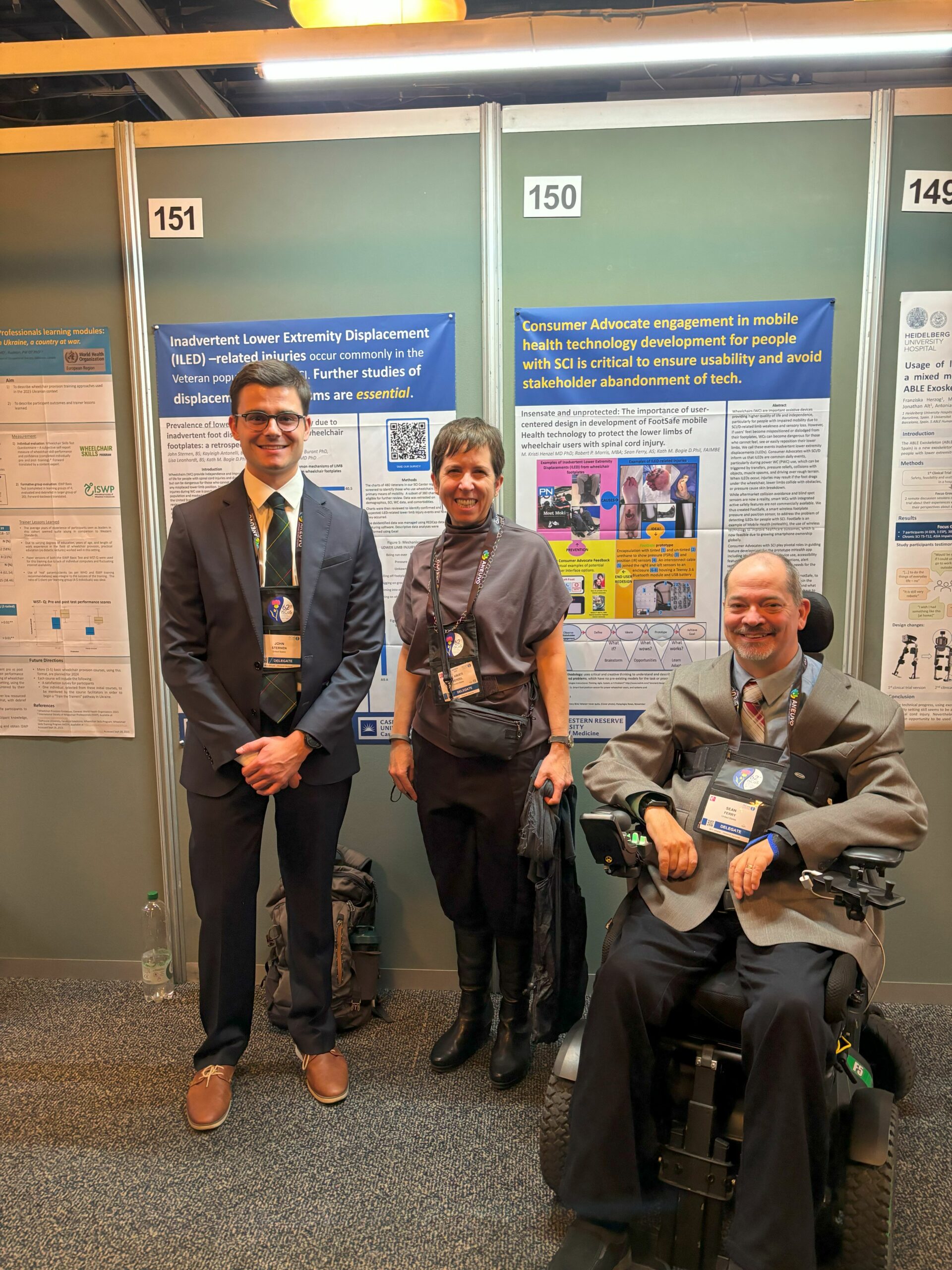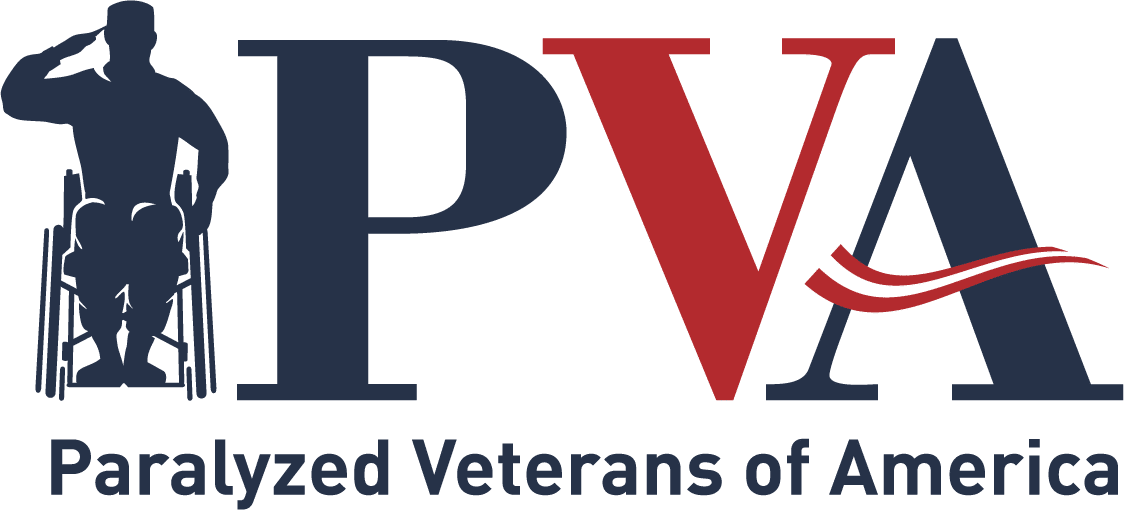About the Grants
Paralyzed Veterans of America's Research Foundation Board of Directors met on November 8th, 2023, to decide which candidates would be the best deserving of the Foundation's annual awards.
The Foundation awarded six grants to recipients whose work excelled in the areas of spinal cord injury/disease, including respiratory recovery after SCI, pressure ulcers, autonomic dysreflexia, and foot safe technology for wheelchair footpads, as well as other topic areas.
The grants are awarded for a two- or three-year period; the grant cycle beginning on January 1, 2024.
This year, the Foundation awarded a total of $1,099,386 in grants.
The grants for FY2024 are funded in four categories: basic science, clinical applications, design & development, and fellowships.
2024 Grant Recipients
Dr. Brendan Dougherty, Regents of the University of Minnesota,
“Testosterone supplementation to improve respiratory recovery after cervical spinal cord injury”
$200,000
Project Summary:
Nearly all men with SCI experience low circulating testosterone levels in the first-year post- injury, and men with SCI will experience a 50% greater age-related decline in testosterone compared with uninjured men. Persistent reductions in circulating testosterone may limit rehabilitation advances beyond the sub-acute period and hamper functional improvements in motor recovery. Our fundamental hypothesis is that testosterone supplementation will be sufficient to improve breathing function following cervical SCI in male rats. The two primary Aims of this grant proposal are to: 1) Determine if testosterone supplementation is sufficient to improve breathing function in male rats with sub-acute (2 week) cervical SCI, and 2) Create a chronic cervical SCI model that recapitulates the persistent reductions in circulating testosterone experienced in men, in order to test if testosterone will improve breathing function in chronic (6 week) cervical SCI.
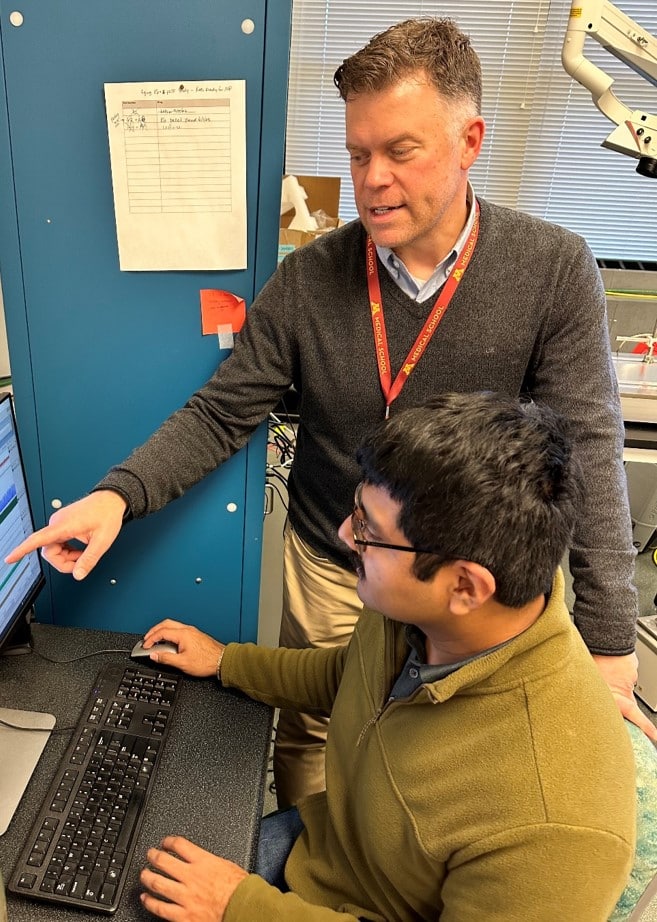
Dr. Pauline Michel-Flutot, Thomas Jefferson University
“Reconnection of respiratory neural circuitry after chronic spinal cord injury using transplantation of a synaptogenic astrocyte subpopulation”
$150,000
Project Summary:
High spinal cord injury (SCI) results in persistent respiratory dysfunction and greatly reduced quality of life due to disruption of circuitry controlling the diaphragm, the main inspiratory muscle. In this project, I am testing a highly-innovative strategy of synaptogenic astrocyte subpopulation transplantation aimed at promoting reconnection of this disrupted respiratory circuitry in a preclinical model of chronic cervical SCI, which is critical given that the vast majority of affected individuals are chronically-injured. Previous studies from the lab showed that antagonizing phosphatase and tensin homolog (PTEN)signaling in chronic SCI promotes significant regeneration of the axons of rostral ventral respiratory group (rVRG) neurons that control inspiration. However, this resulted in only modest recovery of diaphragm function, as regenerating rVRG axons achieved very little synaptic reconnection with their phrenic motoneuron (PhMN) targets. I am examining whether synaptogenic astrocyte transplantationenhances rVRG-PhMN synaptic re-connectivity and consequently leads to robust restoration of diaphragm function.
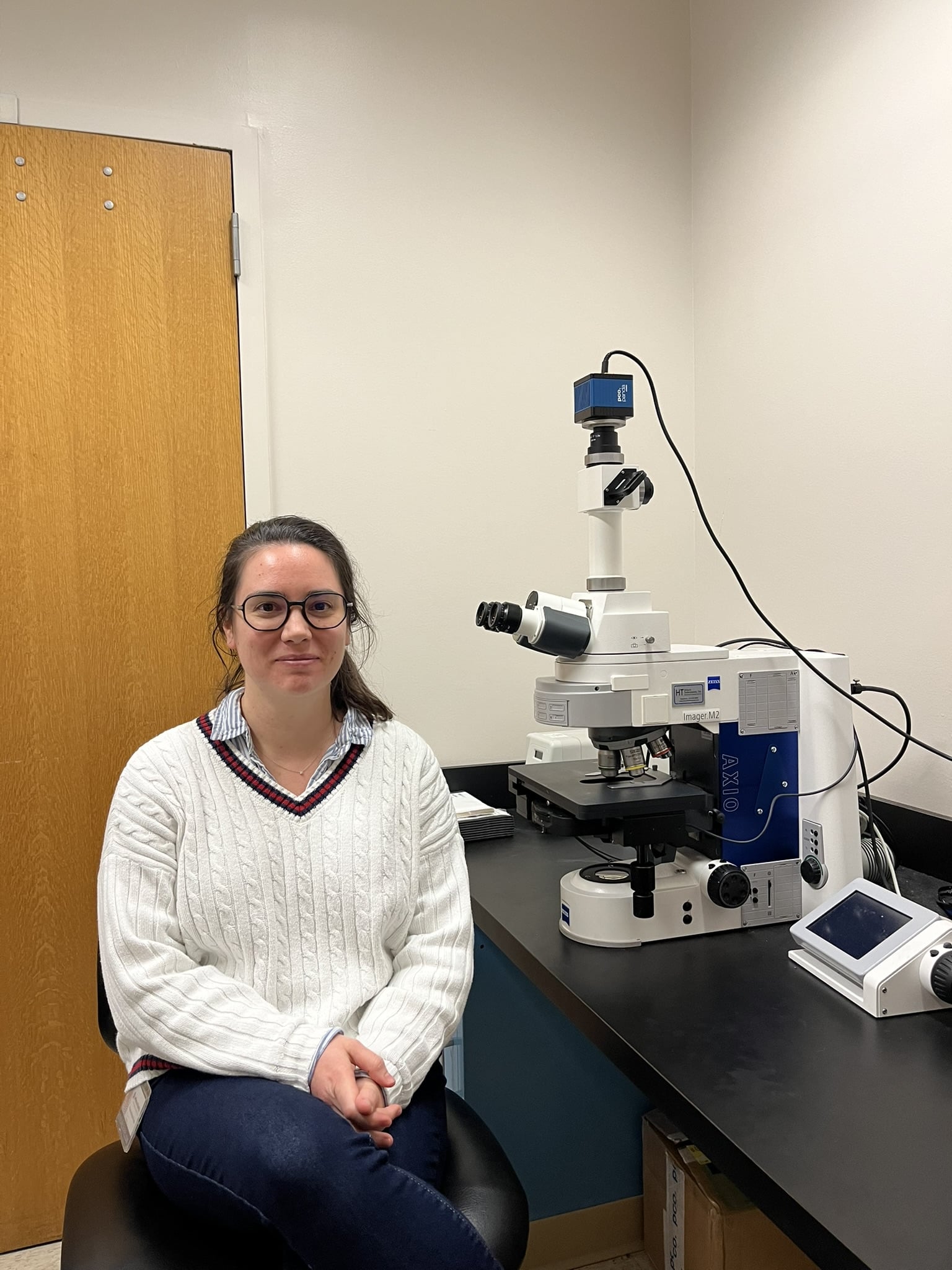
Dr. Michelle Trbovich, Audie L. Murphy VAMC
“A Proof-of-Concept Study of Cutaneous Pressure Induced Vasodilation Alteration in Persons with Spinal Cord Injury; Implication for Pressure Ulcers”
$199,605
Project Summary:
A pressure ulcer, is an injury to the skin resulting from long-term pressure on the skin. In persons without spinal cord injury (SCI) there is a protective reflex response of the blood vessels opening up to prevent loss of blood supply to skin during prolonged pressure. This is called pressure induced vasodilation (PIV). It is unknown if PIV is still intact after SCI. Evidence suggests PIV may be impaired after SCI due to higher levels of inflammation, impaired blood vessel structure and the lack of skin sensation. Our project compares PIV response between persons with SCI and non-injured individuals. We will also assess markers of inflammation and blood vessel function to better understand the mechanisms behind our findings. This project is a starting point in identifying a cream that can potentially restore PIV after SCI and ultimately contribute to preventing pressure ulcers.

Dr. Yen-Sheng Lin, University of Texas
“Novel Shear Wave Elastography Based Radiomics for Early Detection and Monitoring of Spinal Cord Injury-Induced Heterotopic Ossification”
$200,000
Project Summary:
Approximately 16 to 53% of individuals with spinal cord injury (SCI) have developed heterotopic ossification (HO) around the contracted joints, resulting in decreased independence and quality of life. HO is often misdiagnosed as a bone tumor obviating the need not only to detect but also to diagnose HO. This study will develop a novel and easily deployable shear wave elastography-based radiomics system to characterize the pre-HO soft tissue properties and longitudinal changes around the appendicular joints following SCI. Successful completion of proposed research study will provide proof of concept for early detection of HO. In addition, this study will enable further research on advancing a multi-modality radiomic-based platform to aid timely diagnosis and management of HO.

Dr. Martin Calderon-Juarez, The University of British Columbia
“Preventing autonomic dysreflexia via heart rate variability prediction and spinal cord stimulation"
$149,920
Project Summary:
Autonomic dysreflexia (AD) is a sudden and life-threatening increase in blood pressure, mainly triggered by bladder overdistension. AD is a major concern for people living with spinal cord injury (SCI), as it increases the risk for cardiovascular complications and mortality. However, current treatments for AD have inherent limitations, including hypotension and delayed onset of action when immediate responsiveness to treatment is needed. This proposal aims to predict the occurrence of AD by developing an algorithm based on heart rate variability. This detection algorithm will be used in conjunction with
targeted transcutaneous spinal cord stimulation in order to prevent dangerous increases in blood pressure during urological procedures, natural bladder filling after fluid intake and routine urinary catheterization. The broader SCI community will also benefit from the outcomes of the project, which will to improve quality of life and advance health care for individuals with SCI.
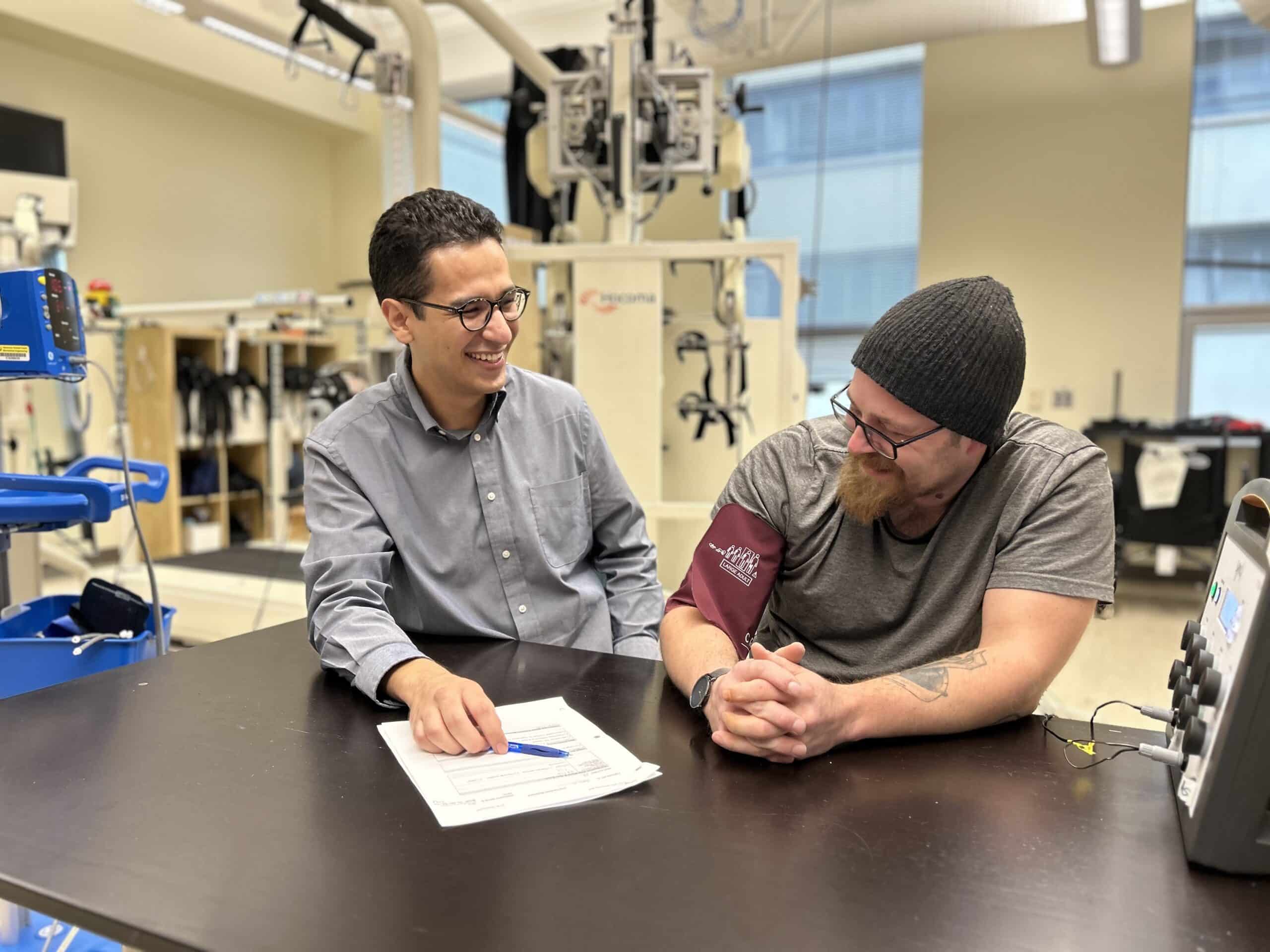
Dr. Mary Henzel, Louis Stokes Cleveland VAMC
“Insensate and Unprotected: Development & testing of FootSafe technology for prevention of injuries caused by inadvertent lower extremity displacements from wheelchair footplates in Veterans with SCI/D”
$199,861
Project Summary:
Wheelchairs give Veterans with paralysis due to spinal cord injury (SCI) freedom to move and better quality of life. While wheelchairs help such Veterans get around, they can cause injury if the Veteran cannot feel or move if their leg or foot falls off or sits wrongly on the wheelchair foot rest. Injuries have included broken legs, pressure ulcers, such bad scrapes that a Vet’s leg had to be cut off, and one Veteran may have died from severe bleeding due to this while on blood thinners. We will improve our FootSafe foot pressure and position
warning system to improve ability to sense foot and wheelchair motion, improve our ability to alert to foot displacements while driving indoors with different footwear, and we will work with Veterans with spinal cord injury and seating therapists to understand how a smartphone app for FootSafe needs to work to be usable and helpful.
